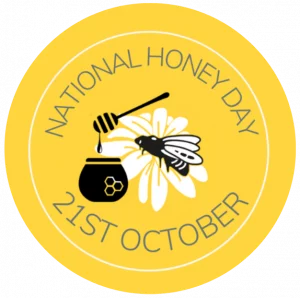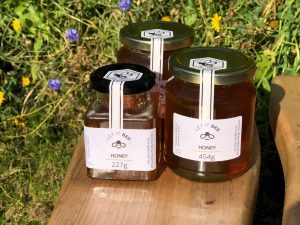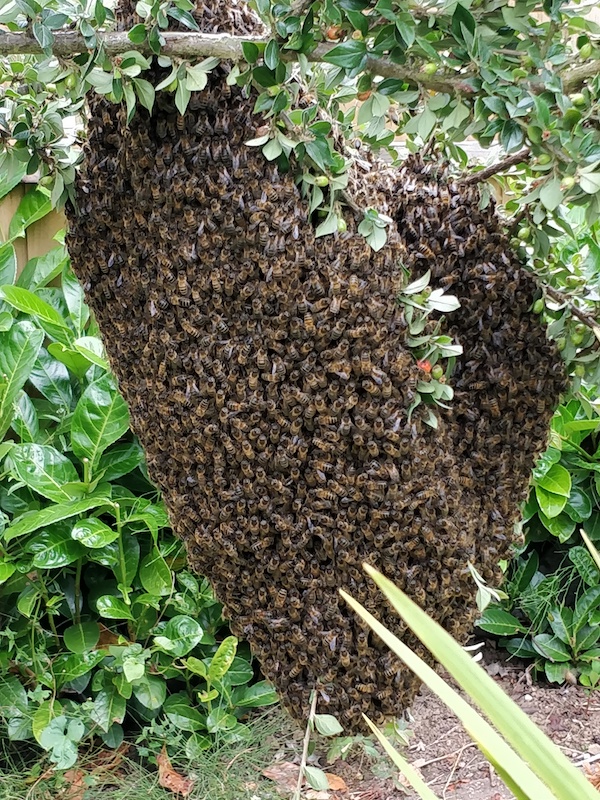First National Honey Day


Let’s celebrate! Friday 21 October is the first ever National Honey Day in the UK. The aim of the day is to promote delicious local honey and to highlight the increasing problem of fake ‘honey’.
Honey has been used worldwide for centuries both as food and medicine. It’s a natural source of vitamins, minerals, antioxidants, and is antibacterial. The ancient Egyptians offered honey to their deities, used it to heal infected wounds, and in embalming the dead. And it’s widely used in modern medicine, infused in wound dressings.
Pure, raw honey comes in a huge range of different flavours and colours. These qualities are determined by which plants the busy bees have collected nectar from. The flavour can range from light and floral to dark and bitter – the latter is definitely an acquired taste!
Honey is so delicious to eat but at Let It Bee we also add it to our skincare products as it is antibacterial, nourishing and moisturising.
But bee aware! There’s lots of fake honey out there. Sadly, honey is one of the most faked food in the world! Suppliers mix cheap sugar or corn syrup with honey to bulk it out. Fake honey lacks the natural, delicious flavour of real honey, as well as the health benefits. Look for pure honey with the country of origin clearly shown on the label. Ideally buy a jar of pure honey from your local beekeeper at a farmer’s market or local shop.
At the recent Birmingham Honey Show Jane won prizes for her honey and beeswax. If you live near B30 in Birmingham you can buy a jar of her bee-licious honey direct from her or come along to one of our up-coming markets.
Find out more about National Honey Day here.

